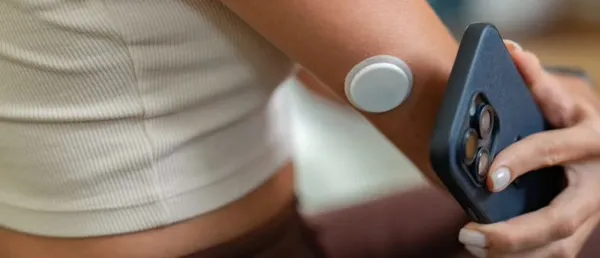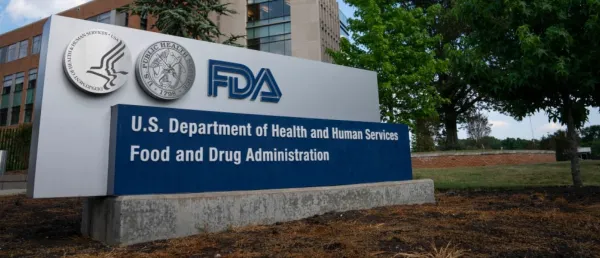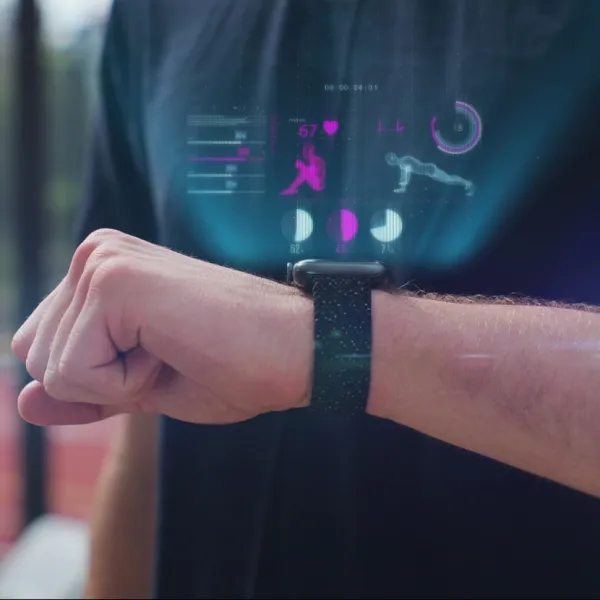AI Tool Predicts Cancer Survival Using Facial Photos: Study

Developed by investigators at Mass General Brigham, the deep learning model demonstrated clinical relevance by outperforming physicians in short-term prognosis predictions.
A new study published in The Lancet Digital Health shows that an artificial intelligence tool, FaceAge, can predict biological age and survival outcomes in cancer patients using facial photographs.
Developed by investigators at Mass General Brigham, the deep learning model demonstrated clinical relevance by outperforming physicians in short-term prognosis predictions.
The FaceAge algorithm was trained on 58,851 facial photos of presumed healthy individuals and tested on 6,196 cancer patients from two centers, using images captured at the beginning of radiotherapy treatment. Researchers found that patients with cancer had a FaceAge approximately five years older than their actual age. A higher FaceAge was strongly associated with reduced overall survival across multiple cancer types.
“We can use artificial intelligence (AI) to estimate a person’s biological age from face pictures, and our study shows that information can be clinically meaningful,” said Hugo Aerts, PhD, director of the Artificial Intelligence in Medicine (AIM) program at Mass General Brigham. “This work demonstrates that a photo, like a simple selfie, contains important information that could help to inform clinical decision-making and care plans for patients and clinicians. How old someone looks compared to their chronological age matters—individuals with FaceAges younger than their chronological ages do significantly better after cancer therapy.”
In a secondary analysis, 10 clinicians were asked to estimate the short-term life expectancy of 100 patients receiving palliative radiotherapy, based on facial images and clinical context. Without FaceAge data, their accuracy was limited. When the AI-derived biological age was included, their predictions significantly improved.
Estimated survival time at the end of life remains challenging to determine but carries crucial treatment implications. Researchers noted that FaceAge provided a consistent, objective measure that could reduce the impact of potential biases in physician assessments.
“This opens the door to a whole new realm of biomarker discovery from photographs, and its potential goes far beyond cancer care or predicting age,” said Ray Mak, MD, co-senior author and AIM program faculty member. “As we increasingly think of different chronic diseases as diseases of aging, it becomes even more important to predict an individual’s aging trajectory accurately. I hope we can use this technology as an early detection system in various applications, within a strong regulatory and ethical framework, to help save lives.”
Further studies are underway to evaluate FaceAge across other diseases and clinical contexts.
Stay tuned for more such updates on Digital Health News





























